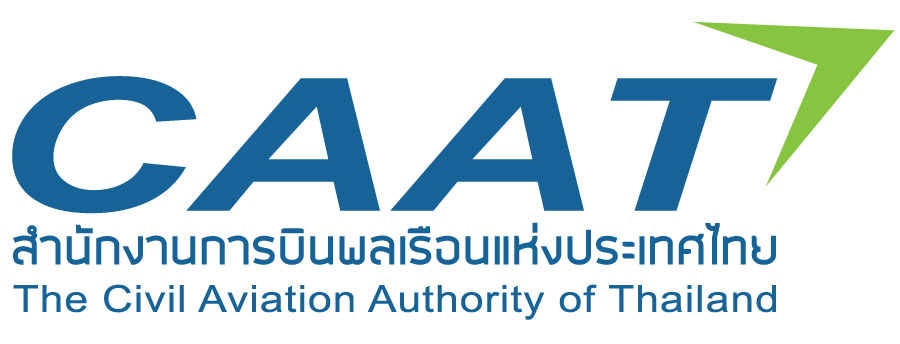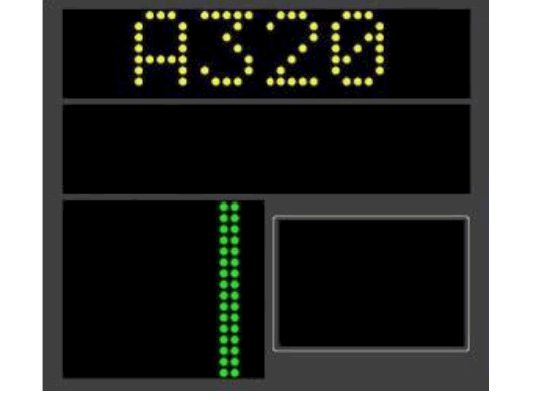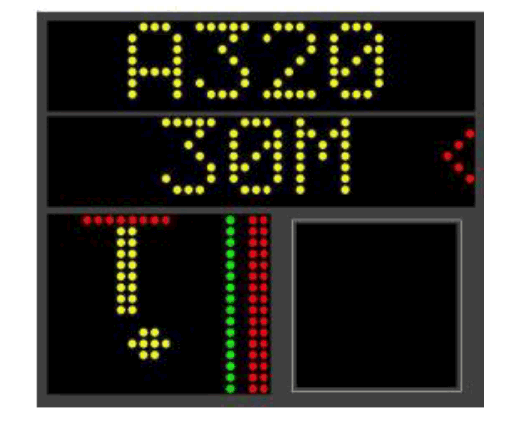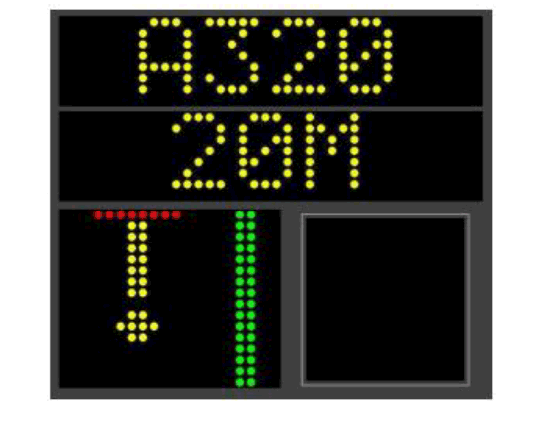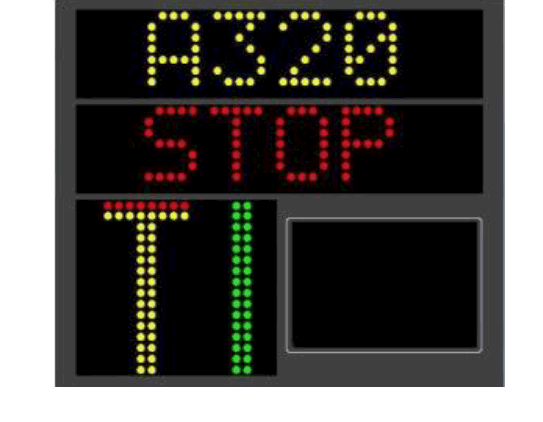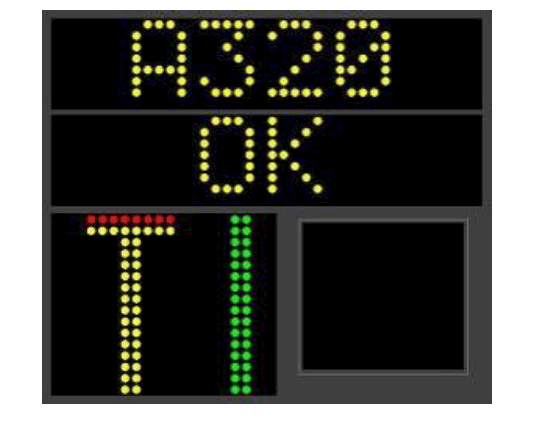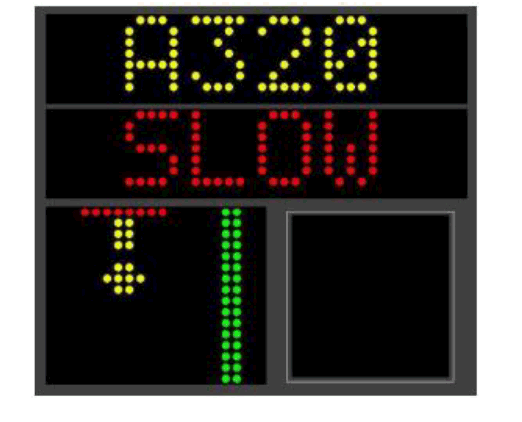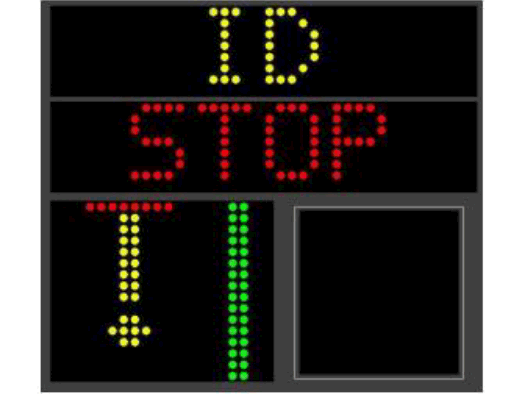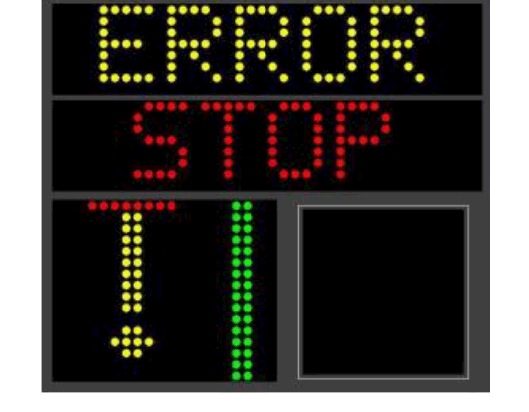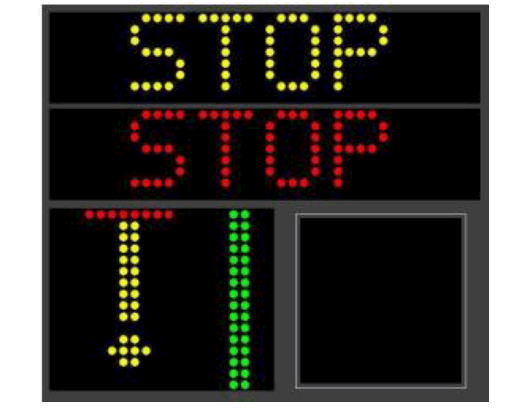1 INTRODUCTION
This section supplements the following portion(s) of the AIP: AD
1 With effect from 23 September 2022 at 0100 UTC, the purpose of this AIP Supplement is to inform all aircraft operators and pilots of the new Advanced Visual Docking Guidance System (A-VDGS) at Suvarnabhumi International Airport which will be replaced for 105 aircraft stands. However, the former VDGS is still used for aircraft stands 101 - 114 (14 aircraft stands). The effective date for new A-VDGS will be notified by NOTAM.
2 OPERATING INSTRUCTIONS
2 System Overview
The RLG GIS206-2 Laser Guided Docking System is a fully automatic aircraft docking guidance system for various types of modern aircraft.
The system utilizes 2-axis laser scanning technique to track both the lateral and longitudinal positions of the incoming aircraft and guide the aircraft to the programmed stopping position. In addition, the system also has aircraft ID verification feature (OPTIONAL) to identify the incoming aircraft and check it against the one selected by the operator. If the incoming aircraft fails to match the expected aircraft, an 'ID FAIL' indication is immediately issued via display information console to both the pilot and the co-pilot.
Aircraft type, continuous closing distance, and azimuth guidance, etc., are presented on a single console clearly visible to both the pilot and co-pilot, simultaneously. Figure A shows the Aircraft Display console, mounted on the terminal in front of the aircraft stand.
The system is operated only in the automatic mode. If the system fails, the aircraft must then be marshalled into the stand manually.
Figure A
3 DOCKING PROCEDURE
3 The new Advanced Visual Docking Guidance System (A-VDGS)
The pilot display of a new Advanced Visual Docking Guidance System (A-VDGS) is shown below:
|
|
3.1 Parking Sequence:
In this picture the aircraft is at a distance greater than 30 meters from the parking position and is directly at the centre line.
Note that the progress bar and digital close-in distance are not displayed when the aircraft is greater than 30 metres away from the docking position.
An Airbus 320 aircraft is expected.
|
|
|
In this picture the aircraft is at exactly 30 metres from the docking position, but is off to the right of the centre line.
Starting at 30 metres, the digital close-in distance (second line of display) is displayed, in 1 metre decrements. The progress meter (lower left) will also be activated at this distance.
|
|
|
The aircraft is at 20 metres from the docking position and has returned to the centre line.
Note the position of progress meter. The arrow will advance one position every 2.5 metres.
|
|
|
In this picture the aircraft is at 10 metres and is on the centre line
|
|
|
The aircraft is now at 3.2 metres from the docking position and has again veered off to the left of centre line.
Note that at below 5 metres, the close-in distance is displayed in 0.2m decrements.
|
|
|
Finally the aircraft is perfectly parked at the stop position, and perfectly centred.
The word “STOP” is displayed in red. Note also the merging of the arrow and the stop line on the progress meter.
|
|
|
The word “OK” is displayed in yellow.
Docking is successful
|
|
|
3.2 Slow:
During the docking process, the pilot must taxi into the aircraft stand at minimum speed. The system will display “SLOW” alternating SLOW message if the system detects the aircraft taxi speed is beyond the range of the preset speed and causing too fast for reliable detection.
The “SLOW” message will return to close-in distance information once the aircraft speed is back to normal speed range.
|
|
|
3.3 ID FAIL (OPTIONAL):
For this aircraft type ID verification features, the incoming aircraft must be identified and verified at least 12 metres before the stopping position or otherwise, the system will display “ID FAIL” alternating ID/FAIL in the first row of the display.
The second row of the docking screen will indicate “STOP”. At this point, the aircraft must be manually guided in by a marshaller.
|
|
| |
|
|
3.4 Too Far:
If the aircraft overshoots the preset range, the word “TooFar” will be displayed.
The second row of the docking screen will indicate “STOP”.
The aircraft shall stop immediately
|
|
|
3.5 Error Stop:
The system will display “Error” message as indicated if the system detects any hardware error that might affect the normal docking process.
The second row of the display will indicate “STOP” and no aircraft is to be allowed to march in until the maintenance personnel has rectified the issue.
|
|
|
3.6 Emergency Stop:
The first and second row of the display will show “STOP”. The docking is aborted and aircraft must be manually guided in by a marshaller.
|
4 CONTACT
4 For further information contact via the following:
4.1 Unit: Electrical and Mechanical Department of Suvarnabhumi International Airport
Tel: +662 132 8610
Mobile: +668 6509 3345
4.2 Unit: Aeronautical Information Service Sub-Division of Suvarnabhumi International Airport
Tel: +662 132 6931-4
Mobile: +666 2598 0608
E-mail: ais_vtbs@airportthai.co.th
